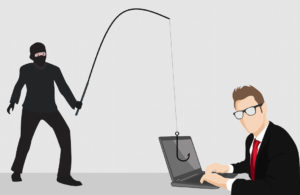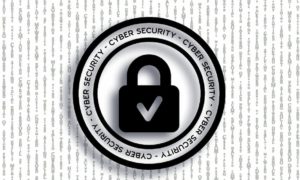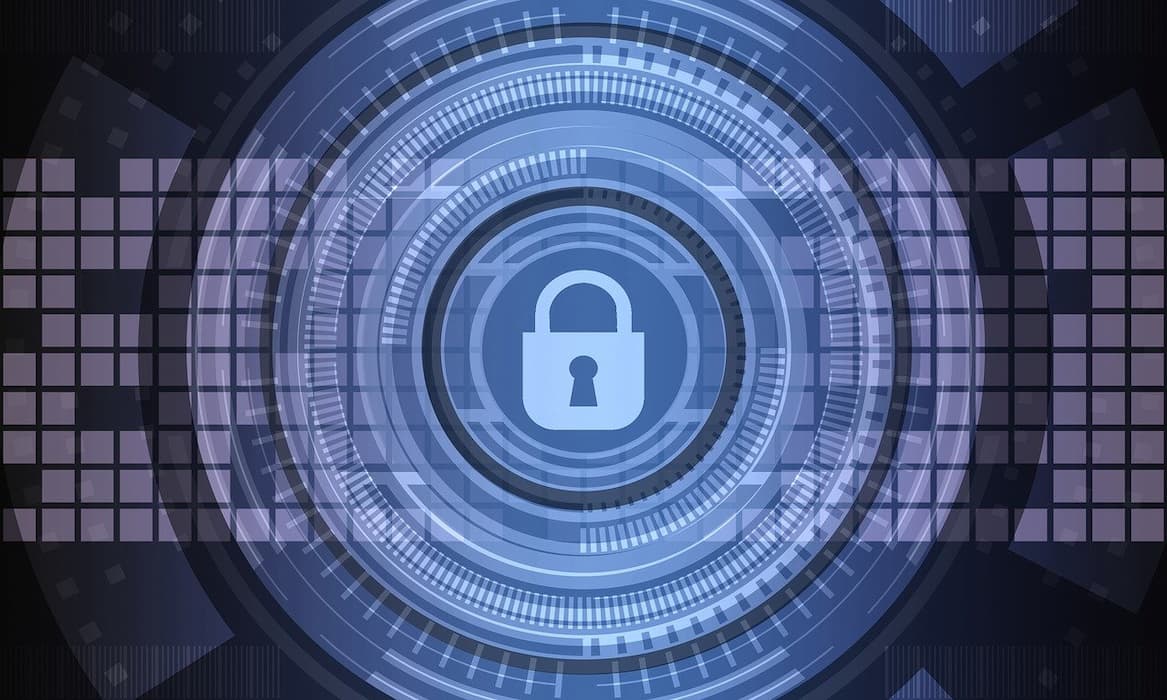In the past couple of years, we have seen an increase in online credit card payments, a trend that is predicted to continue to grow as more and more businesses trade online.
Fraudsters continue to develop new clever and savvy techniques to obtain the information needed to commit online fraud. There is often no such thing as a target market for cybercriminals, they can simply target anyone who is sharing personal information, be it by shopping online, through Social Media or when completing online transactions.
Fraud can damage your businesses reputation and the trust customers have placed in you. There can be both a time and financial cost associated with fraudulent transactions.
Is it enough to rely on your customer alone, to be aware of the risks and the part they can play in how to prevent online fraud? Simply put, No, it isn’t.
We will look at some of the common ways fraudsters operate, the effect online payment fraud can have on your business and how to increase your fraud detection abilities.

Phishing Emails
This is a classic example of Cybercrime, fraudsters make contact with their victims by email, often pretending to be a known business or bank. These sophisticated emails are sent to customers, attempting to trick them into disclosing their card details, passwords, PIN and usernames by clicking on a fake link.
The link attempts to replicate, often to a very high standard, a banks or businesses website layout, design, and logo.
Data Theft
Here we see customers personal data, password, username and card details being stolen from a business system by a hacker. The hacker often sells this data to other criminals who then use the data to complete purchases and open accounts.
The data breach can cause an enormous loss to the company who was compromised both reputationally and financially.
How to Prevent Online Fraud

Use these fraud prevention tools to increase security for you and your customers.
Card Verification Value (CVV)
The CVV is a 3- or 4-digit code printed on credit and debit cards, usually the reverse.
As a requirement of PCI, the CVV code should not be saved along with the customer’s name and card details. This is an excellent tool to use, as it allows only the cardholder access to the CVV. When you rely on a payment gateway for secure payments, this part is taken care of. Customers can be assured that their data is safe from being stored recklessly. Without the physical credit card present, fraudsters can not complete an online payment transaction.
Limited Purchase Settings
By setting daily limits on the value and number of purchases you will allow a single account to process, you reduce your businesses exposure to online fraud. The type of business you operate can help determine your limit setting. For example, you would be more likely to set a lower limit on high price items you may be selling than the smaller inexpensive goods you stock.
Either way, your decision here can assist in online payment fraud prevention.
Address Verification System (AVS)
AVS will check the billing address numeric section against the address details held with the debit/credit card provider. Monitoring customer requests to amend a shipping address after the payment process has been completed, for example, PO Box addresses being used, can also help you in preventing online fraud.
Strong Passwords
One of the major tools you can use when working on how to prevent online fraud is requesting a strong password to be created for any customers accounts. It is recommended to use alphanumeric passwords with special characters and upper-case letters, making it harder to guess or crack a password.
IT Updates
As fraudster become greedier and cybercrime continues to be a lucrative business for many, updating your IT regularly is very important in protecting both customers and businesses. We are seeing fraudsters develop new ways of defrauding their victims at an alarming rate. Having your payments processed by a specialised provider might be worth investing in to ensure you are keeping your transactions at the highest security standards.
Continuously keeping your IT updated, is paramount in your online payment fraud prevention strategy.
High-Risk Countries
When trading online with customers overseas, it is important to recognise the different countries that have become known for committing online payment fraud. Keep updated on these countries through reliable sources online to monitor these transactions more closely.
Staying alert
Whilst it is paramount your business remains aware of potential online threats and does all it can to protect itself, and your customers, it is also advisable to encourage customers to stay alert.
Customers using their common sense when sharing their personal information online can be a useful tool in how they can play a part in preventing online fraud.
Encourage your users to stop and think before clicking on a link, or continuing to enter private information, can lead to a reduction in cybercrime and the negative consequences associated with online payment fraud for you.
It comes as no surprise that cybercriminals lie, drawing on their victim’s human emotions and curiosities. This is often referred to as ‘baiting’. They grab a person’s attention and manipulate them into doing something they would not ordinarily do.
Multiple Transactions
One valuable fraud detection strategy is to check if a customer uses multiple cards to complete one transaction. These cards may be in one name or even multiple names.
Another tactic being used by cybercrimes has been where an overpayment is made, a refund of the difference is then requested on top of the order being fulfilled, you could find yourself suffering a double loss.
Conclusion
Keeping your business and your customers protected is of the highest importance. Make sure to look out for any fraudulent activities on your website and use the tools provided to keep at the highest standard of security at all times.
Interested in getting your payment gateway secured? Contact LumiPay today to get your online payments to the highest security standard.



